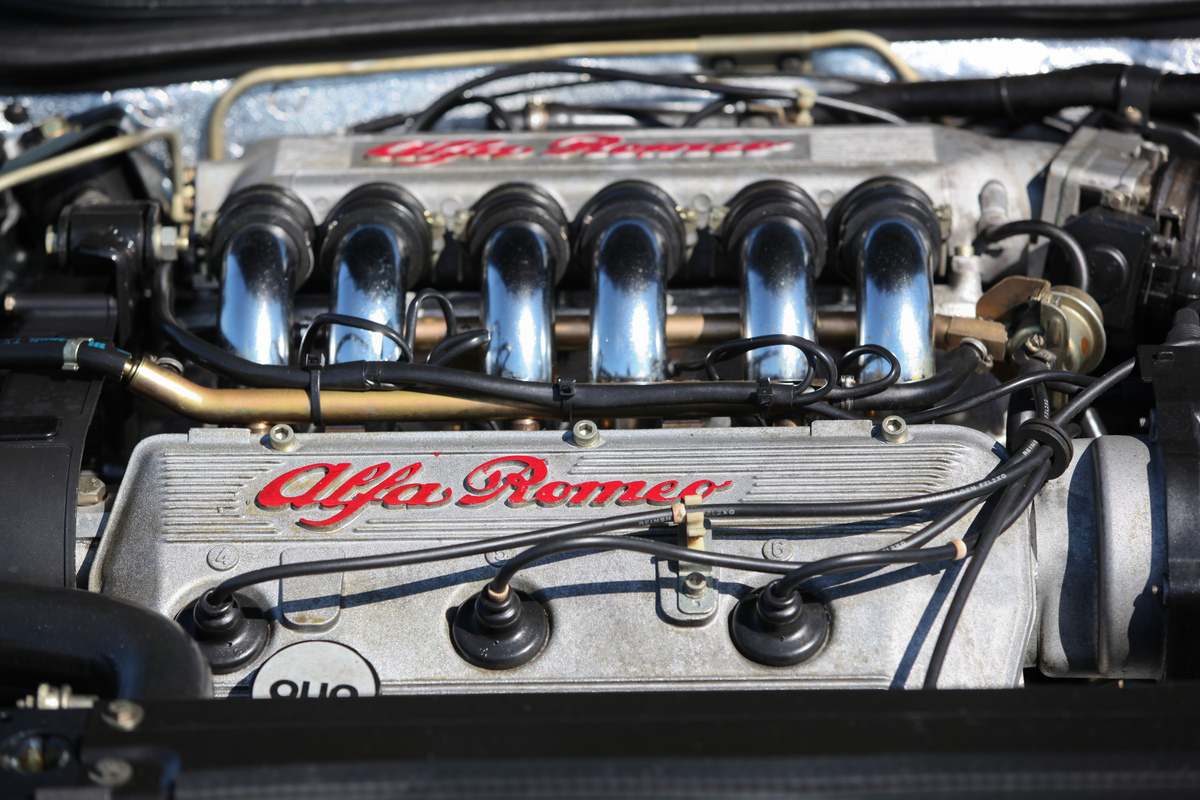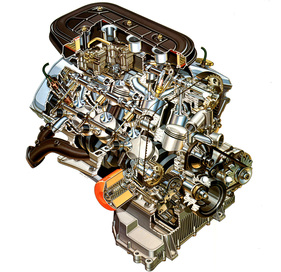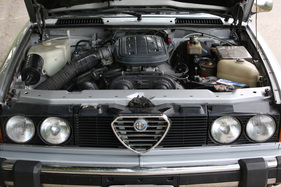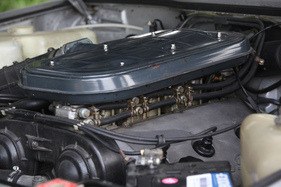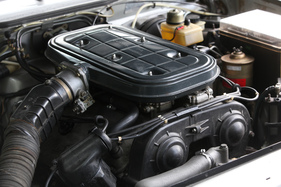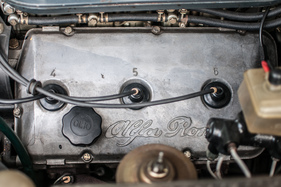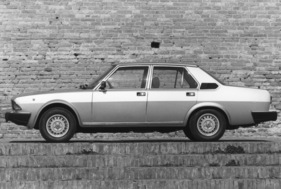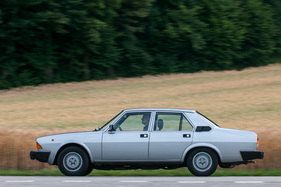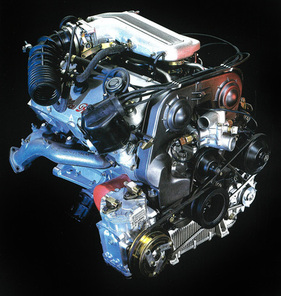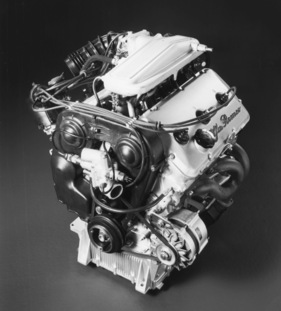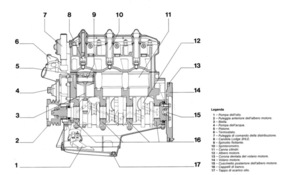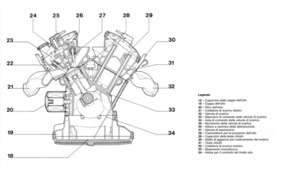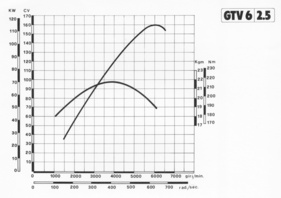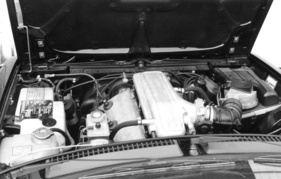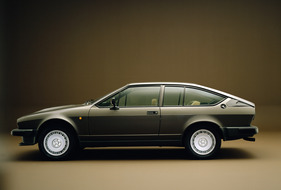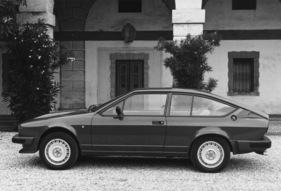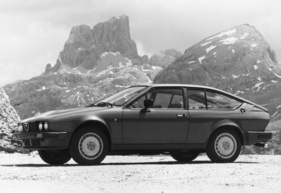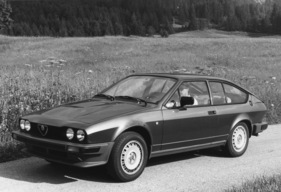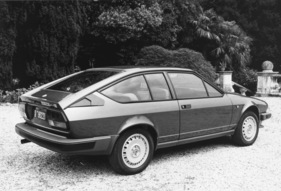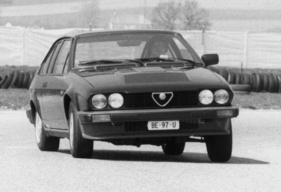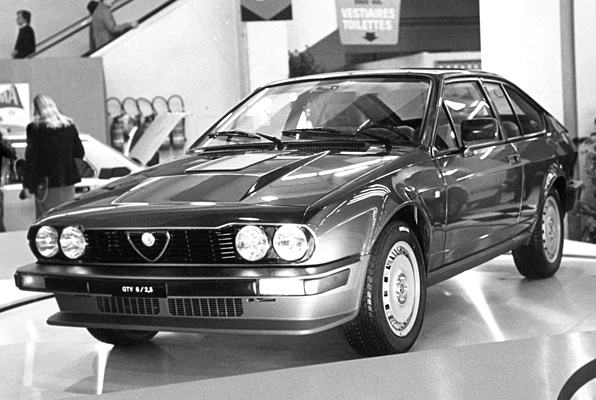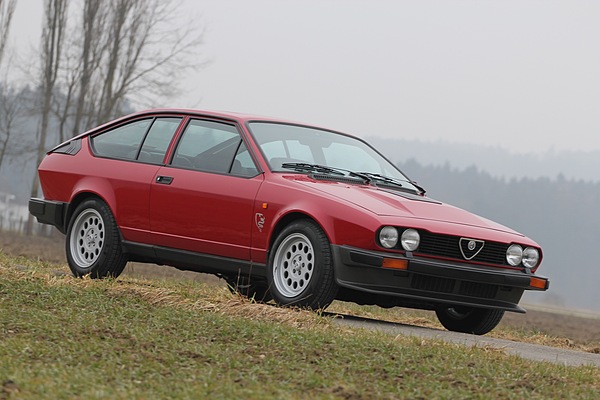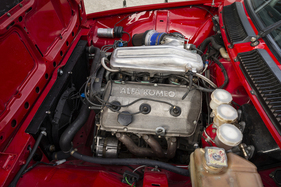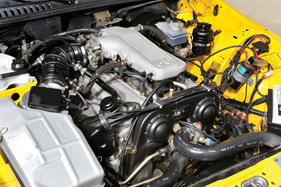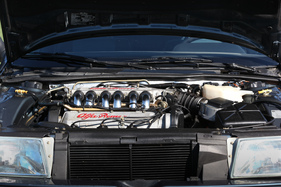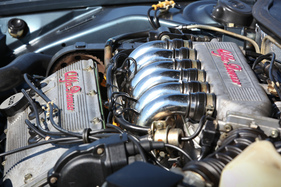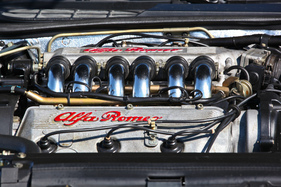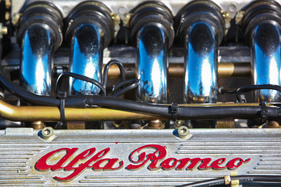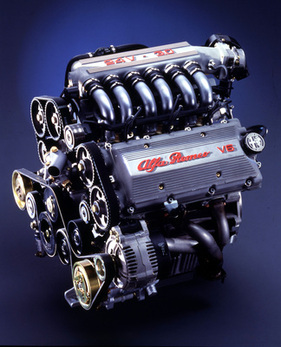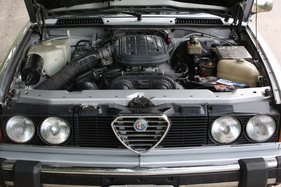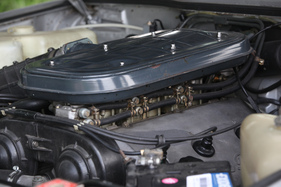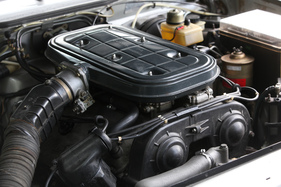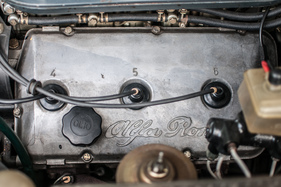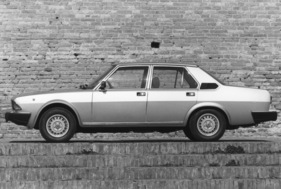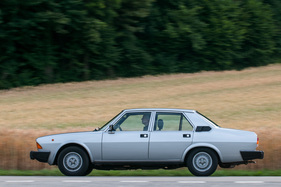Busso's Alfa Romeo V6 - the Stradivarius of six-cylinder engines
Summary
From 1979 to 2005, Alfa Romeo built an engine with six cylinders in a V-shape, which is still one of the legendary engine designs today. Elaborately built, it impressed with its sporty performance, but above all with an impressive soundscape. However, it was not optimally built, says racing engine expert Mario Illien and is not at a loss for explanations. This report tells the story of the Alfa V6 engine, explains its strengths and weaknesses and shows it in historical and contemporary images.
This article contains the following chapters
- Long six-cylinder history
- Nine years of development
- Ingredients from the fine star
- Enthusiastically received
- From the perspective of the racing engine engineer
- Technical data compared to the competition
Estimated reading time: 6min
Preview (beginning of the article)
It has long been a legend - the Busso V6 engine in the Alfetta GTV6: when the hood is opened, the six chrome-plated intake pipes are not yet the eye-catcher in the early version; these are reserved for later models such as the Alfa Romeo 155, the Alfa Romeo 156 or the Alfa Romeo GT. However, the engine of the GTV6 already shone with special qualities: once started, an incomparable sound escaped from the exhaust pipes. Alfa Romeo's 6-cylinder engines have a long tradition. In 1920, ten years after the company was founded, the first in-line six-cylinder engine was installed in the G1 model (35-50 HP); from the 6C 1500 onwards, two camshafts were fitted. These in-line six-cylinder engines were used in different model series in the 6C 1750, 6C 1900, 6C 2300 and 6C 2500 - all glorious cars from the period before the Second World War (the post-war 6C 2500 was based on the pre-war models).
Continue reading this article for free?
Photos of this article

